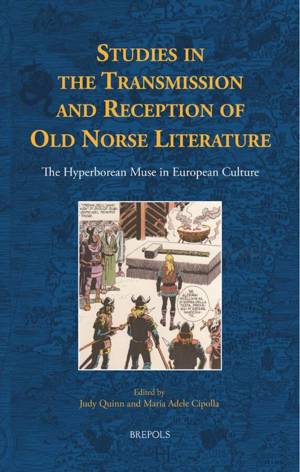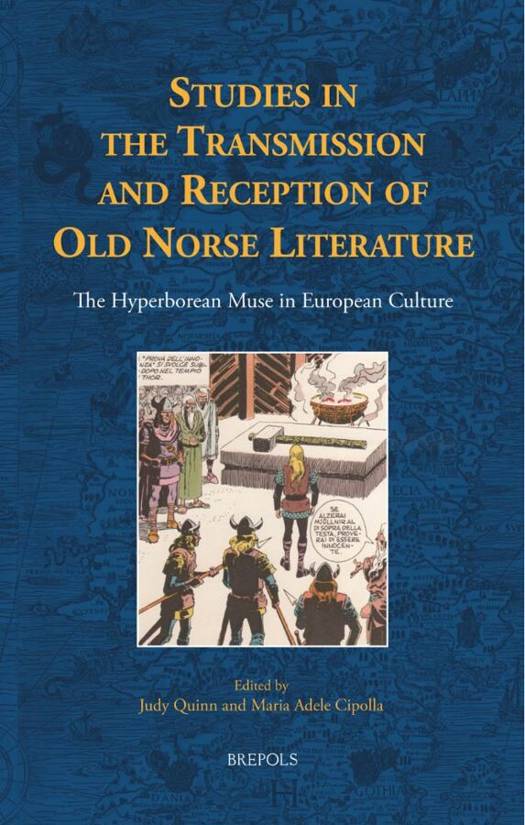
Je cadeautjes zeker op tijd in huis hebben voor de feestdagen? Kom langs in onze winkels en vind het perfecte geschenk!
- Afhalen na 1 uur in een winkel met voorraad
- Gratis thuislevering in België vanaf € 30
- Ruim aanbod met 7 miljoen producten
Je cadeautjes zeker op tijd in huis hebben voor de feestdagen? Kom langs in onze winkels en vind het perfecte geschenk!
- Afhalen na 1 uur in een winkel met voorraad
- Gratis thuislevering in België vanaf € 30
- Ruim aanbod met 7 miljoen producten
Zoeken
Studies in the Transmission and Reception of Old Norse Literature
The Hyperborean Muse in European Culture
Judy Quinn
Hardcover | Engels
€ 127,20
+ 254 punten
Omschrijving
The compelling world of the Vikings and their descendants, preserved in the sagas, poetry, and mythology of medieval Iceland, has been an important source of inspiration to artists and writers across Europe, as well as to scholars devoted to editing and interpreting the manuscript texts. A variety of creative ventures have been born of the processes of imagining this distant 'hyperborean' world. The essays in this volume, by scholars from Italy, Sweden, Denmark, Norway, Germany, and the UK, examine the scholarly and artistic reception of a variety of Old Norse texts from the beginnings of the manuscript tradition in twelfth-century Iceland to contemporary poetry, crime fiction, and graphic novels produced in Britain, Ireland, Italy, and Iceland. The influence of Old Norse literature is further explored in the context of Shakespeare's plays, eighteenth-century Italian opera, the Romantic movement in Sweden and Denmark, and the so-called 'nordic renaissance' of the late nineteenth century (including the works of August Strindberg and William Morris), as well as in some of the political movements of twentieth-century northern Europe. Interest in Old Norse literature is charted as it spread beyond intellectual centres in Europe and out to a wider reading and viewing public. The influence of the 'hyperborean muse' is evident throughout this book, as the idea of early Nordic culture has been refashioned to reflect contemporary notions and ideals.
Specificaties
Betrokkenen
- Auteur(s):
- Uitgeverij:
Inhoud
- Aantal bladzijden:
- 355
- Taal:
- Engels
Eigenschappen
- Productcode (EAN):
- 9782503555539
- Verschijningsdatum:
- 22/06/2016
- Uitvoering:
- Hardcover
- Formaat:
- Genaaid
- Afmetingen:
- 163 mm x 239 mm
- Gewicht:
- 748 g

Alleen bij Standaard Boekhandel
+ 254 punten op je klantenkaart van Standaard Boekhandel
Beoordelingen
We publiceren alleen reviews die voldoen aan de voorwaarden voor reviews. Bekijk onze voorwaarden voor reviews.









